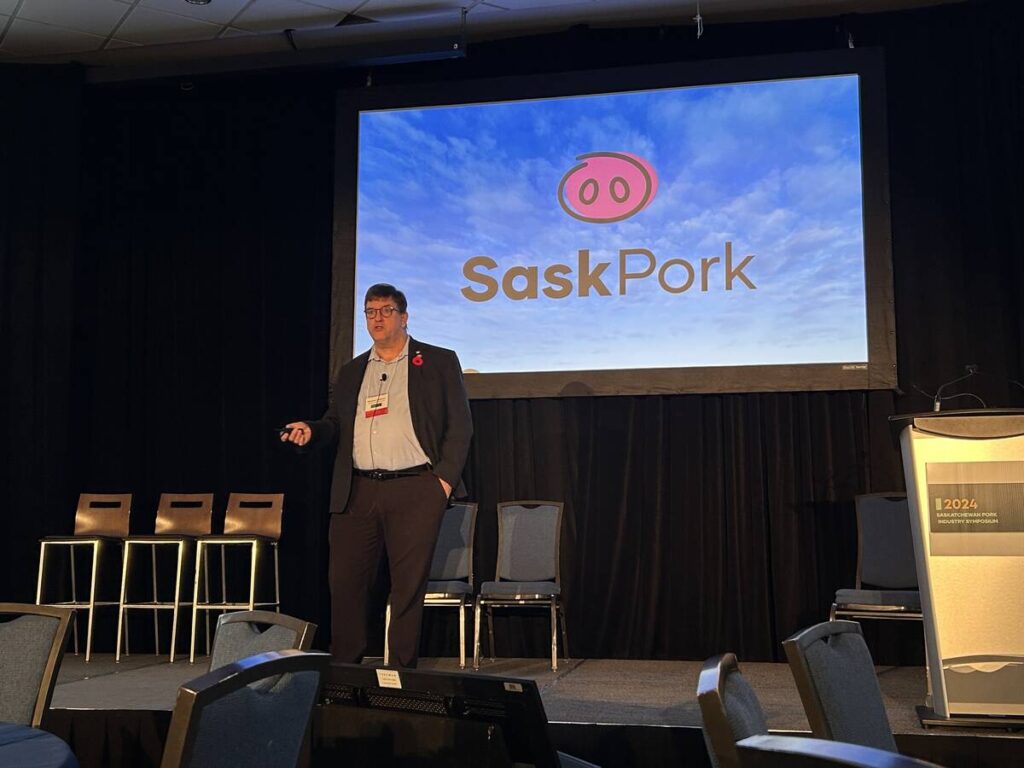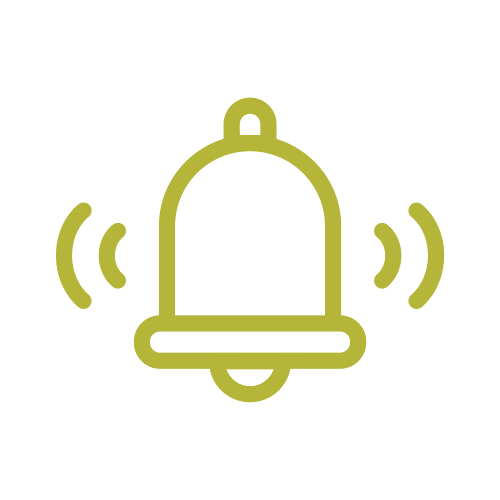Revamp coming for Canada’s national pig code

Glacier FarmMedia — Canada’s national pig code is getting an update.
‘We’ve launched the code of practice with the National Farm Animal Care Council,” said Stephen Heckbert, executive director of the Canadian Pork Council.
The Code of Practice for the Care and Handling of Pigs will be guided by the development process set out by the National Farm Animal Care Council (NFACC), the spearheading body for Canada’s various livestock codes.
The pork industry is “working on developing our position,” Heckbert said.
Read Also


U.S. livestock: Cattle, hog prices ease off
Cattle prices on the Chicago Mercantile Exchange slipped back on Tuesday despite earlier gains. The August live cattle contract rose…
WHY IT MATTERS: National codes for the care and handling of different livestock species are periodically set up for review and updating.
The last time the code was up for review, the big story was the planned phase-out of gestation crates. That 2014 document set out a deadline of 2024 for industry to make the switch. In 2019, there was a five-year review of the code.
The NFACC proposed an extension, which would push the deadline back until 2029. The issue hit limbo, however, after the code’s amendment committee was not able to reach a collective decision.
The Canadian Pork Council remains committed to transitioning to group sow housing by 2029, Heckbert said.
“That is the position we’ve had, and it is the position that we’ve re-affirmed with our provincial pork organizations,” he said. “That’s the move that producers will be making over the next couple of years, as they invest in their barns and as they make that transition,”
The Manitoba Pork Council estimates that over half of the province’s hog barns have switched over to group housing, according to their website.
Launching a code update
The latest update to the pig code began in September 2024. The code committee, which is undertaking the review, include pork producers, government representatives, scientists, veterinarians and people representing the Canadian agriculture and meat sector.
As part of the effort, a survey was opened May 15, 2025, and was set to close June 4.
The survey is designed to capture thoughts on animal welfare from all stakeholders. Input received will help the committee understand the issues people wish to see in the code’s update.
A public comment period is also scheduled from fall 2026 to winter 2027. Code updates are predicted to be completed by March 2028.
The weight of Prop 12
Proposition 12 is another, related phrase on plenty of pork sector lips as the code update continues.
The piece of California state legislation — also called the Farm Animal Confinement Initiative — states that veal calves, breeding pigs and egg laying hens need to be housed in ways that comply with certain standards for freedom of movement, cage-free design and specified minimum floor space.
The weeks and months prior to the legislation coming into force featured heated discussion on how Canada’s pork production would play with Prop 12.
What’s to come?
Speaking at the Saskatchewan Pork Industry Symposium in November, Heckbert told industry attendees that he expected enrichment and possibly more sustainability guidelines to find their way into the new code. He also stressed that the conversations were keeping farm economics in mind.
“My real hope is that we avoid any enormous infrastructure change with this code. The shift to group housing has been enough of an infrastructure change … That would be my number one,” he told symposium attendees.
In more recent comments to the C0-operator, he noted that details of the code will be decided by the Canadian Pork Council, the National Farm Animal Care Council and the code committee members.
“This will be a collaborative process,” he said. “It’s one of the great things about working with NFACC, because everyone understands that there are animal welfare desires, and there is also the economic viability and stability of the industry. A lot of conversations are going to happen around that table,” he said.
The NFACC’s beef cattle, equine, sheep and poultry codes are also being updated. — With files from Janelle Rudolph
Source: Farmtario.com


